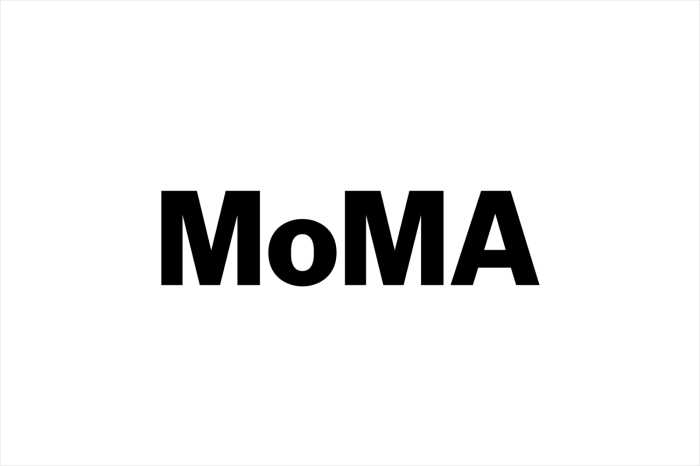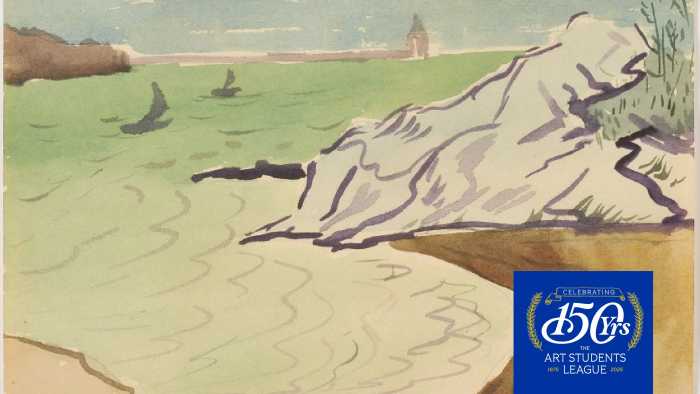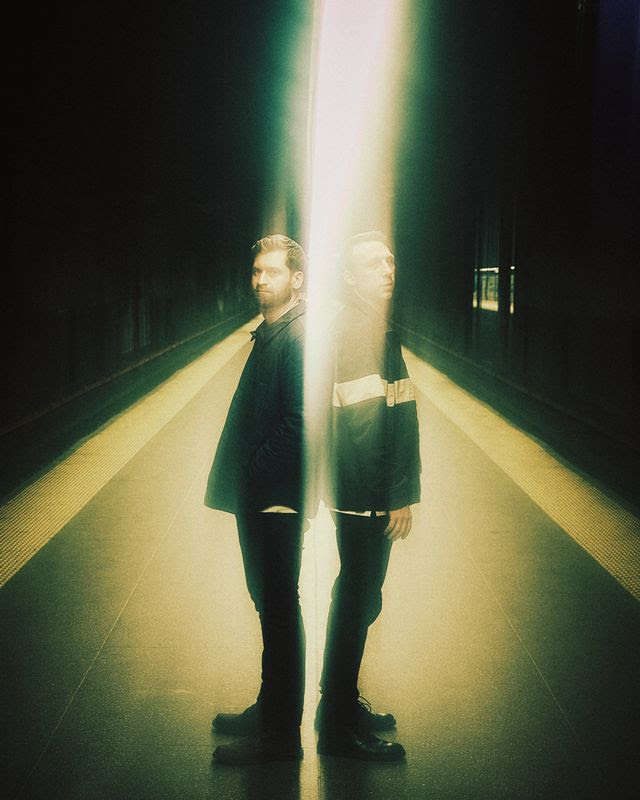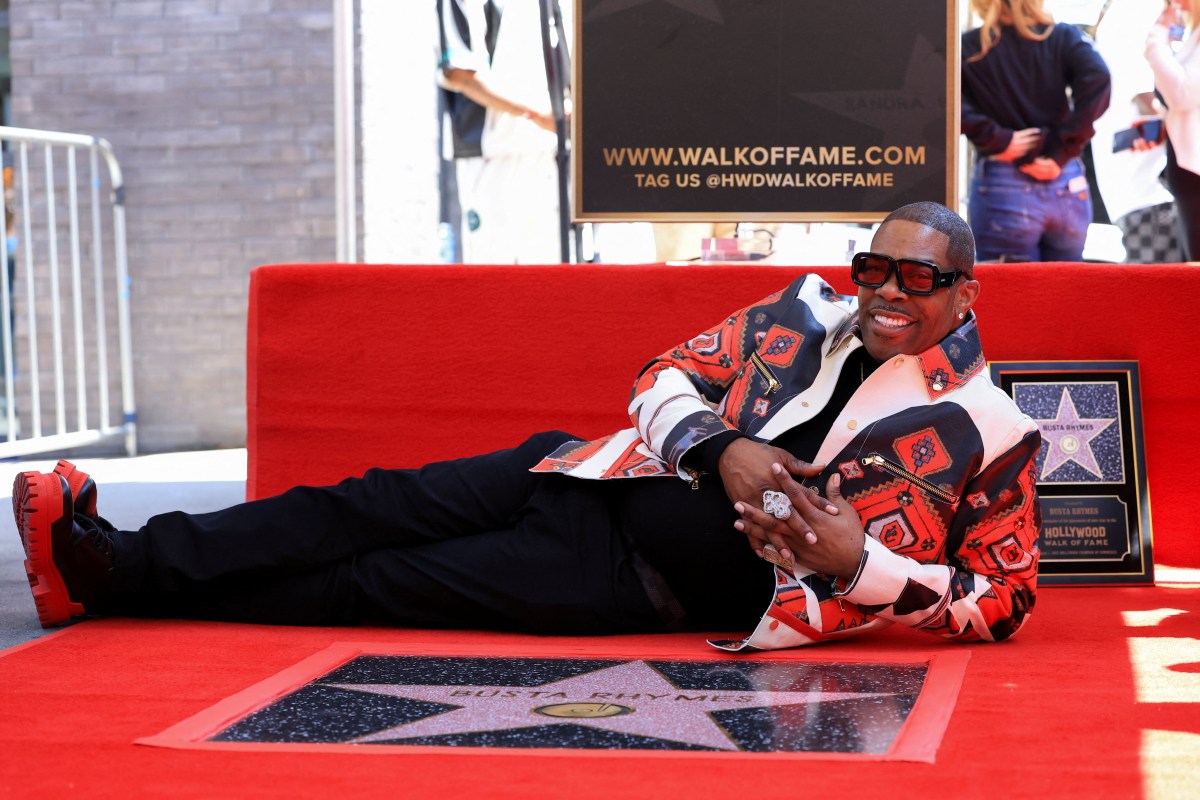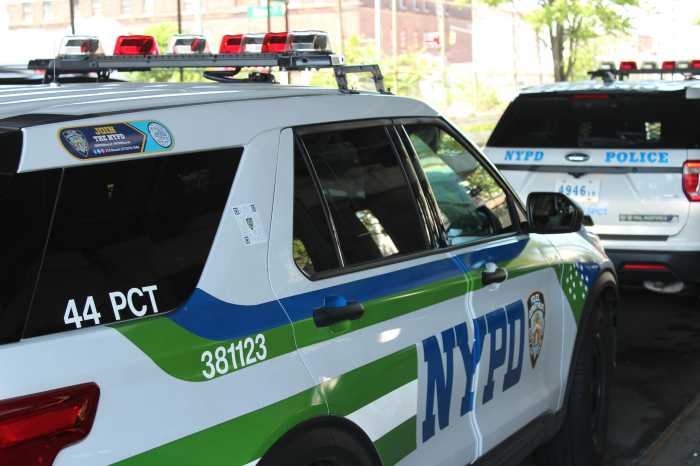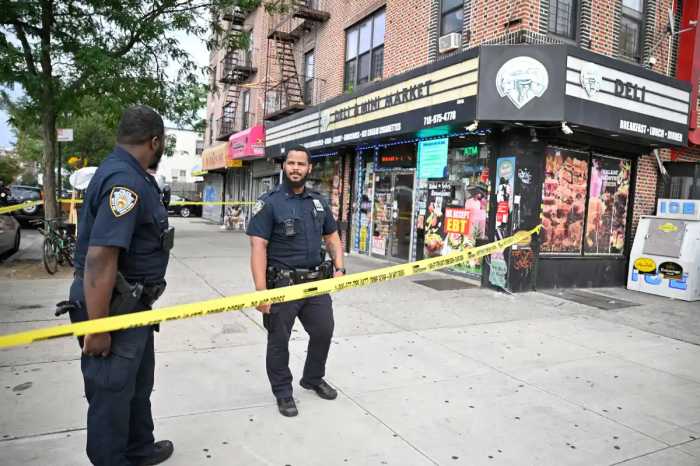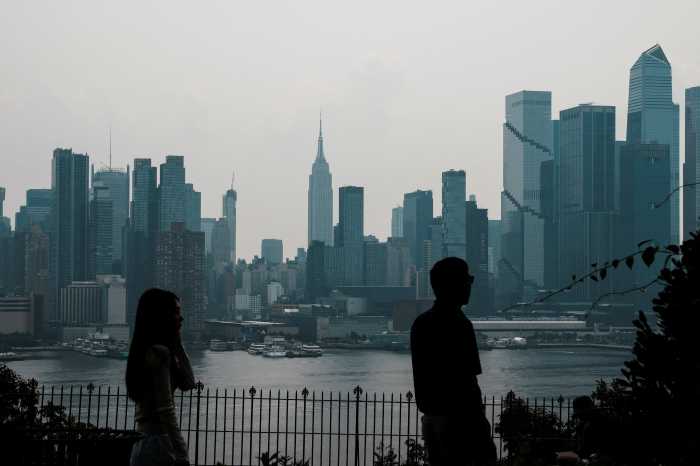By JERRY TALLMER
On a clear, cold, windy Saturday afternoon in March a United Press reporter named William G. Shepherd phoned in a story from where he was watching a burning building in New York City.
“I saw every feature of the tragedy visible from outside the building,” the story woven from his phone calls would say. “I learned a new sound — a more horrible sound than description can picture. It was the thud of a speeding living body on a stone sidewalk.
“Thud-dead, thud-dead, thud-dead, thud-dead , , ,
“The first two thud-deads shocked me. I looked up — saw there were scores of girls at the windows. The flames from the floors below were beating in their faces . . .
“I even watched one girl falling. Waving her arms, trying to keep her body upright until the very instant she struck the sidewalk, she was trying to balance herself. Then came the thud — then a silent unmoving pile of clothing and twisted, broken limbs . . .
“As I looked up I saw a love affair in the midst of all the horror. A young man helped a girl to the window sill. Then he held her out, deliberately away from the building, and let her drop . . . He held out a second girl the same way and let her drop. Then he held out a third girl . . . They were as unresisting as if he were helping them onto a streetcar instead of into eternity.
“Then came the love amid the flames. He brought another girl to the window. Those of us who were looking saw her put her arms around him and kiss him. Then he held her out into space and dropped her. But quick as a flash he was on the window sill himself. His coat fluttered upward — the air filled his trouser legs. I could see that he wore tan shoes and hose. His hat remained on his head . . .
“He was a real man. He had done his best.”
A clear, cold, windy Saturday afternoon in March. A glorious blue-and-gold Tuesday morning in September.
The first was in the year 1911. The second would instantly enter our cortexes and the language as 9/11. It took close to 3,000 lives in a couple of hours. The first one took 146 lives, quite enough — mostly girls or young women, employees of the Thriangle Shirtwaist factory who couldn’t open the locked doors on the eighth and ninth floors — in 25 minutes.
“Very powerful stuff,” said playwright Christopher Piehler a few days ago, over the phone from Los Angeles. “It’s about as far as you can go with people under duress. Unbearably poignant. Frankly, I’m getting goose bumps just talking about it.”
It is Piehler who with director Scott Alan Evans and a large cast worked out the script of “The Triangle Factory Fire Project,” a presentation by TACT — the Actors Company Theater — May 19 through May 29 at the Theatre Row playhouse, 420 West 42nd Street
The Triangle Shirtwaist factory occupied the top three floors of what was then called the Asch Building and is now called the Brown Building, then as now on the corner of Washington Place and Greene Street — coordinates that ring through the dramatization like death knells as the victims try variously to get out “the Greene Street door” or “the Washington Street door,” and can’t.
On March 25, 2003, the 92nd anniversary of the Triangle fire, the Brown Building, which, overlooking Washington Square, now houses NYU’s science labs, was landmarked.
Not far away are the offices of TACT, in the Butterick Building, Sixth Avenue at Spring Street.
TACT co-founder and co-artistic director Evans was walking down Hudson Street, when the first plane struck.
“I watched from the window of a Manpower agency in the next office,” he says. “I stayed until the first tower fell, and then I started walking home uptown to meet my wife” — choreographer Liza Gennaro, daughter of choreographer Peter Gennaro — “and get our daughter out of school.
“We live at 100th Street and Riverside Drive — which is where the Firemen’s Memorial is.”
Nowadays Chris Piehler lives and works in Los Angeles as editor at a medical magazine, but in September 2001 he had a job here, in an office on 41st Street between Fifth and Madison.
“On that morning,” he says, “I was walking to work when I somehow heard that a plane had hit the World Trade Center. I immediately thought: Oh, some inexperienced pilot in a Piper Cub — that’s too bad. Then I heard that a second plane had hit — which made it not a funny joke. I went up to my office, but instead of looking out the window, we were all so cut up that we just sat and watched the television.”
TACT’s “Triangle Factory Fire Project” is divided into two parts. Act I covers the fire itself and the grim Triangle workers’ strike that had preceded it. Act II focuses on the trial that followed, in which the, may we say, pyrotechnics of a hotshot young lawyer named Max Steuer won an acquittal of manslaughter and all other charges against Messrs. Isaac Harris and Max Blanck, owners of the sweatshop that had subsequently relocated at, of all addresses, 9-11 University Place.
The bulk of Act II is drawn directly from what Evans calls “the famously lost trial testimony” that was recently found among Max Steuer’s papers by David Von Drehle, author of “Triangle: The Fire That Changed America” (Atlantic Monthly Press, 2003).
“A wonderful book,” says 33-year-old Chris Piehler, who also read Leo Stein’s “Out of the Sweatshop” (New York Times Books, 1977) and everything else he could get his hands on —via Websites at Cornell, the University of Kanss City, and elsewhere — but most especially that eyewitness report by the UP’s young Bill Shepherd.
“This was an extremely witnessed event,” says Piehler. “I certainly read thousands of pages.” He also met and interviewed Arlene March, daughter of Rose Freedman, the remarkable, spunky, radical, outspoken woman who, the last survivor of the Triangle Shirtwaist fire, died in Beverly Hills on February 22, 2001, at age 107.
Two days short of her 18th birthday, Rose Rosenthal, as she then was, working on the 9th floor at a large machine that sewed the buttons on the dresses, had the wit, when the fire exploded, to follow what the executives were doing: She made her way to the 10th floor and ran through flames to the roof, from where she was ultimately rescued.
“I could have written a whole play about her,” says Piehler.
The passages from Shepherd’s story in the TACT production are taken verbatim. “The only thing we did with any of that stuff was cut it some. We did not invent anything. One character, Margaret Schwartz, is a composite of around three women. The real Margaret Schwartz died in front of the door on the 9th floor. The criminal case [against Harris and Blanck] was built around her.”
Want to know who else was on the scene that afternoon in Washington Square, and wrote a book about it? Franklin D. Roosevelt’s future Secretary of Labor, Frances Perkins.
The mission of TACT, says Scott Alan Evans, “is to present wonderful literate plays that don’t get seen in New York any more” – Enid Bagnold’s “The Chalk Garden,” for instance, or Noel Coward’s “Long Island Sound,” or T.S. Eliot’s “The Cocktail Party.”
Suggested (a whole year before 9/11) by a TACT subscriber named, oddly enough, David Harris, “The Triangle Factory Fire Project” is none of those, but a piece of theater especially composed for this company — a large fellowship of 27 actors who enjoy working with one another over and over.
Christopher Piehler was brought in to replace another writer who went off to do a soap. One technique for “Triangle” was borrowed from a work TACT had previously dramatized — the machine-gun headline collages of the seminal John Dos Passos 1930-’36 trilogy “USA.”
“Our whole thing,” says Evans, “is creating theater out of the texts and the actor’s craft. I call it anti-spectacle theater.”
The spectacle is in the imagination of the spectator: Washington Square, 1911; World Trade Center, 2001












